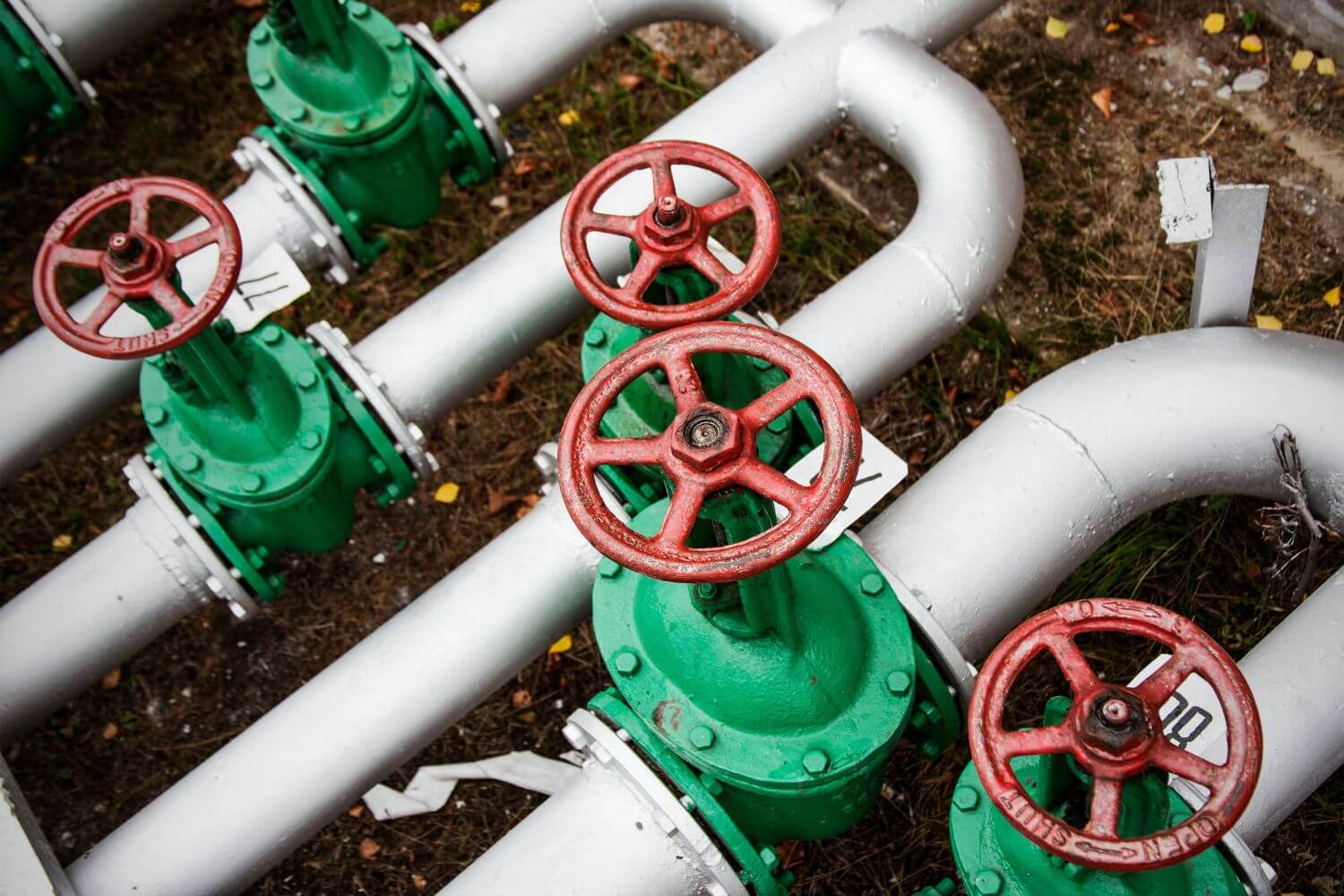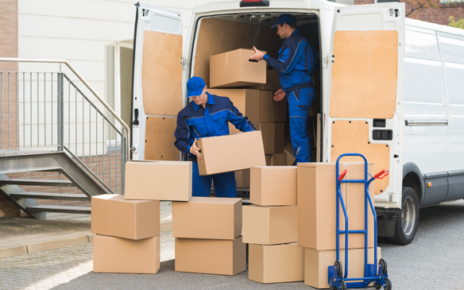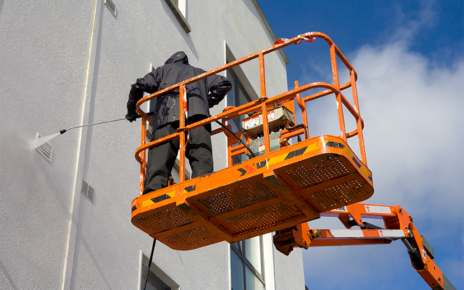In our homes, safety is paramount, especially when it comes to gas line installations. Whether you’re setting up a new gas line or replacing an old one, it’s essential to follow a meticulous process to ensure the safety and security of your home. In this guide, we’ll take you through a step-by-step approach to safe gas line installation for home ensuring that you can breathe easy knowing your home is protected.
Step 1: Assess the Need
Before diving into the installation process, assess your needs carefully. Determine why you need a gas line installation and where it should be placed. Consider factors such as the type of gas appliances you’ll be using, the layout of your home, and local building codes and regulations.

Step 2: Gather Supplies and Tools
Once you’ve assessed your needs, gather all the necessary supplies and tools for the installation. This may include gas pipes, fittings, valves, wrenches, pipe cutters, thread sealant, and a gas leak detector. Make sure to use materials that meet safety standards and are suitable for the type of gas being used.
Step 3: Plan the Route
Plan the route for your gas line carefully, taking into account the most direct and least obstructed path. Avoid running the gas line through areas with high foot traffic or where it could be easily damaged. If possible, run the line along walls or through crawl spaces to minimize visibility and potential hazards.
Step 4: Turn Off Gas Supply
Before starting any work, shut off the main gas supply to your home. This ensures that no gas is flowing through the lines while you’re installing or making connections, reducing the risk of accidents or leaks.
Step 5: Measure and Cut the Pipe
Carefully measure and mark the sections of pipe you’ll need for the installation. Use a pipe cutter to make clean, precise cuts, ensuring that the ends are straight and free from burrs or debris. Proper measurements and cuts are crucial for a secure and leak-free installation.
Step 6: Assemble and Connect the Pipes
Assemble the pipes and fittings according to your planned route, making sure to use the appropriate connectors and sealants. Tighten the connections securely using wrenches, but avoid over-tightening, which can damage the fittings or cause leaks. Test each connection for tightness and integrity before moving on to the next step.
Step 7: Install Shutoff Valves
Install shutoff valves at strategic points along the gas line to allow for easy maintenance and emergency shutdowns. Place valves near each appliance and at key junctions to isolate sections of the line if necessary. Make sure the valves are easily accessible and clearly labelled for quick identification.
Step 8: Test for Leaks
Once the installation is complete, thoroughly test the entire gas line for leaks. Apply a solution of soap and water to all connections and joints and watch for bubbles, which indicate escaping gas. Alternatively, use a gas leak detector to pinpoint any leaks quickly and accurately. If you detect any leaks, immediately shut off the gas supply and rectify the issue before proceeding.
Step 9: Secure and Support the Gas Line
Properly secure and support the gas line to prevent damage and ensure long-term reliability. Use clamps or straps to secure the line to walls, floors, or ceilings, taking care not to crimp or kink the pipe. Support the line at regular intervals to prevent sagging or stress on the fittings.
Step 10: Final Inspection
Once the installation is complete and all leaks have been addressed, conduct a final inspection to verify that everything is in order. Check for proper alignment, tight connections, and secure support of the gas line. If necessary, have a qualified inspector review the installation to ensure compliance with local codes and regulations.
By following this step-by-step approach to safe gas line installation for home you can breathe easy knowing that your home is equipped with a secure and reliable gas supply. Remember to prioritize safety at every stage of the process and seek professional assistance if you encounter any difficulties or uncertainties. With careful planning and attention to detail, you can enjoy the convenience of gas appliances in your home with confidence and peace of mind.





